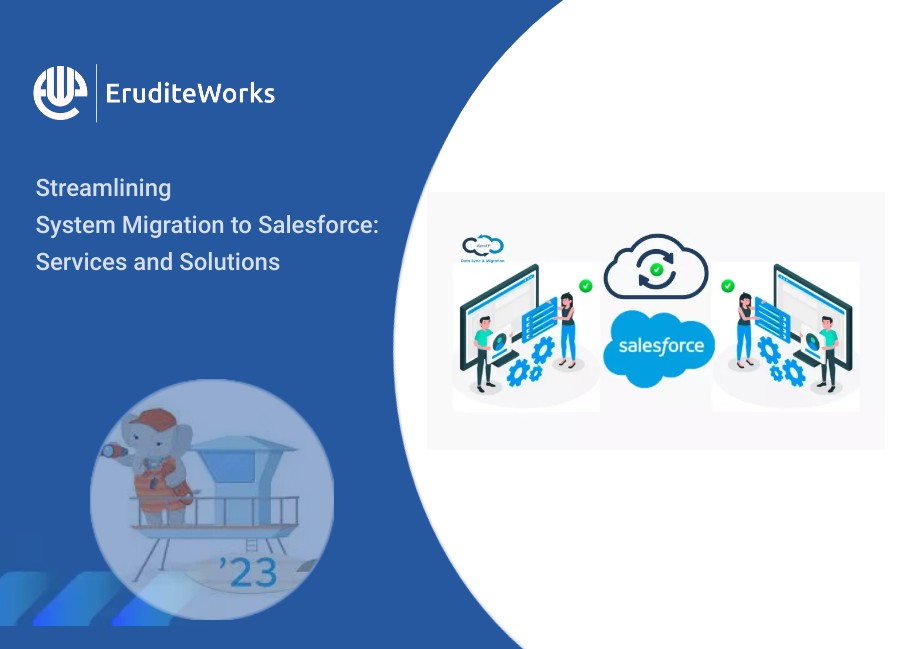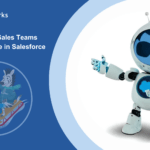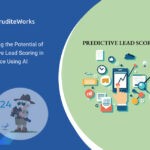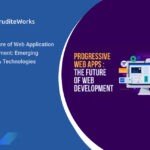Moving to Salesforce can be a game-changer for your business in the ever-evolving digital transformation landscape. But how do you ensure a seamless transition without hitting rough patches? Let’s embark on a journey of streamlining system migration to Salesforce, exploring the services and solutions that make this transformation a breeze.
Understanding System Migration to Salesforce
System migration moves your existing data, processes, and workflows from your current system to Salesforce. Think of it as relocating from an old house to a new one – you want to bring your cherished belongings but also embrace the enhanced features and benefits of your new abode.
With its robust suite of tools, Salesforce offers a welcoming space for businesses seeking a more dynamic, centralized, and efficient platform. However, the transition requires careful planning and execution to ensure a hiccup-free move. And for that, you need a partner- Salesforce Consulting Company!
There are numerous Salesforce consulting companies in the market, so choose the right partner for you!
Let’s dive into understanding services and solutions for streamlining system migration!
Key Services and Solutions for Streamlining Migration
Data Migration Services
Moving data from your old system to Salesforce is a critical step. Think of it as carefully packing each item in your house to ensure it arrives intact. Data migration services specialize in extracting, transforming, and loading your data into Salesforce, ensuring a smooth transition.
Customization and Configuration
Every home has unique features that make it comfortable. Similarly, every business has specific needs. Customization and configuration services tailor Salesforce to suit your business requirements. It’s like arranging furniture in a new space to optimize comfort and efficiency.
Integration Solutions
In a connected world, ensuring that your Salesforce home communicates seamlessly with other tools is crucial. Integration solutions link Salesforce with your existing systems, creating a harmonious ecosystem. It’s like ensuring your smart home devices work in sync, making your life more convenient.
User Training and Adoption
Moving to a new place requires getting used to the layout. Similarly, transitioning to Salesforce involves user training and adoption services. These services ensure your team feels comfortable navigating the new CRM, maximizing its potential. It’s like handing over a guidebook for your team to explore and make the most of the new space.
Quality Assurance and Testing
Before settling into a new home, you’d inspect it to ensure everything works perfectly. Quality assurance and testing services for Salesforce do the same. They scrutinize the migration process, ensuring that all functionalities work as intended. It’s like double-checking that the plumbing and electricity in your new home are flawless.
Post-Migration Support
Moving doesn’t end when you enter your new home; adjustments and tweaks might be needed. Post-migration support services for Salesforce provide ongoing assistance, ensuring that any issues are addressed promptly. It’s like having a reliable handyman on call for any unexpected hiccups.
Now that you understand the services and solutions for the system migration, let us provide the steps for streamlining it.
Steps for Streamlining System Migration
1. Define Your Objectives
Before diving into the migration process, clearly define your objectives. Understand why you’re making this move, your aim, and how Salesforce aligns with your business goals. It’s like outlining the blueprint for your new home – what rooms do you need, and how do you want them to function?
2. Assess Your Current Data
Conduct a thorough assessment of your existing data. Identify what’s essential, what can be archived, and what might need cleansing or restructuring. It is similar to decluttering before a move – only take what’s necessary and discard the rest.
3. Choose the Right Services
Choose the services that are best for your needs based on your objectives and data assessment. If data is your primary concern, prioritize data migration services. If you require a tailored Salesforce experience, consider custom development services. It’s like hiring specific movers based on the nature of your belongings.
4. Develop a Timeline and Plan
Craft a detailed migration plan with a realistic timeline. Break down the process into manageable phases, ensuring each step aligns with your business operations. Think of it as creating a moving schedule – packing room by room to avoid chaos.
5. Communication and Training
Keep your team in the loop throughout the migration process. Effective and clear communication ensures that everyone is on the same page. Additionally, provide training sessions to familiarize your team with Salesforce. It’s like having a pre-move meeting to discuss the logistics and prepare everyone for the transition.
6. Testing and Validation
Before making the final move, conduct thorough testing and validation. Ensure data is accurately transferred, workflows function as intended, and integrations are seamless. It’s like doing a walkthrough of your new home to ensure everything is in its right place.
7. Go-Live and Continuous Improvement
Once everything is in order, it’s time to go live. Celebrate this milestone and monitor the system’s performance. Additionally, establish a process for continuous improvement, addressing any issues that may arise post-migration. This is similar to settling into your new home and adjusting for optimal comfort.
Conclusion
System migration to Salesforce is not just a move; it’s a transformative journey. By leveraging key services and following a streamlined process, businesses can transition seamlessly, unlocking the full potential of Salesforce’s powerful capabilities.
Thank you for reading! It’s a wrap!
Also Read: How Salesforce Implementation Partners Can Help Organizations Maximize their CRM Investment







Very nice really amazing post thank for this
I always prefer to read the quality content and this thing I found in you post. I am really thank full for you for this post.